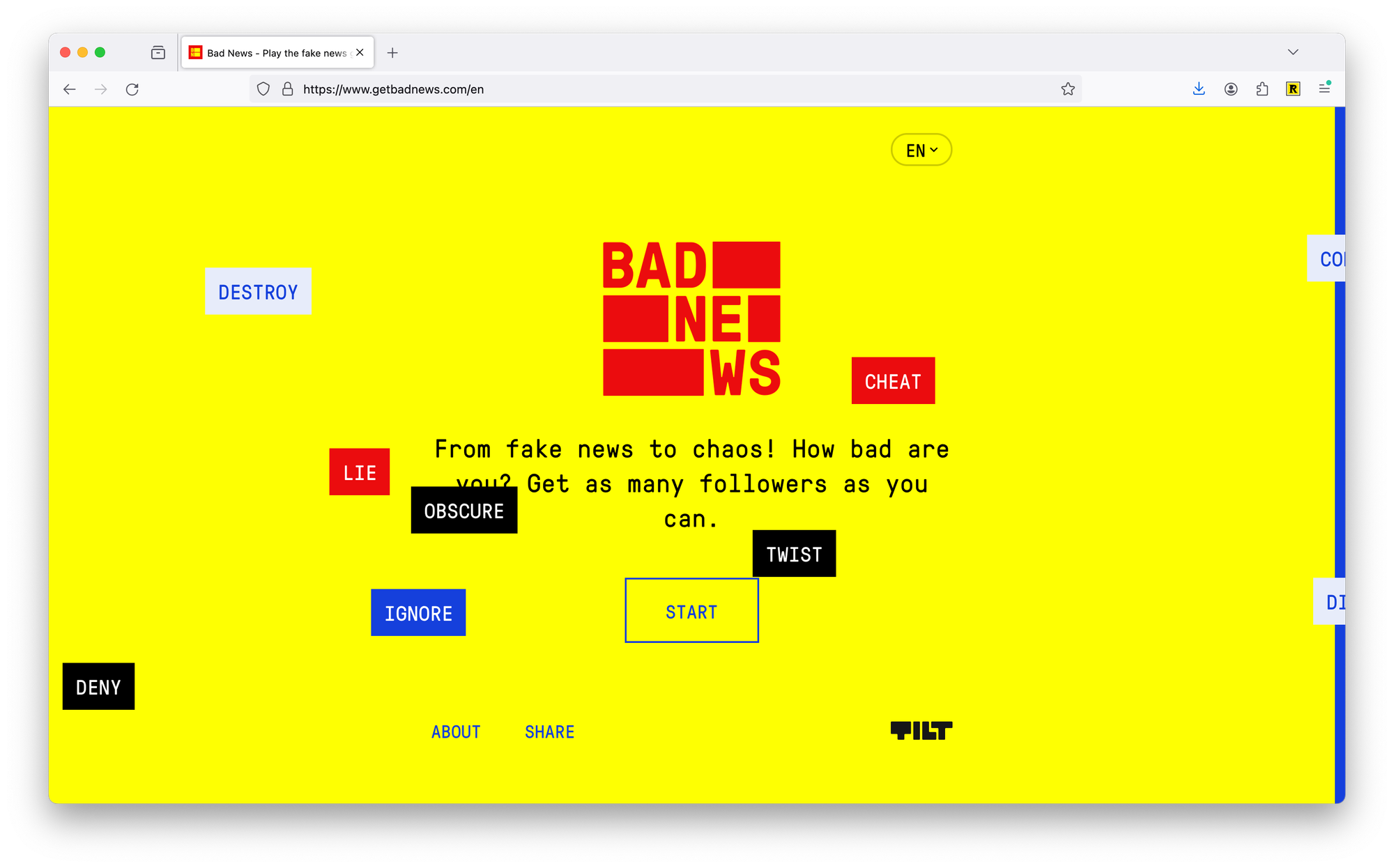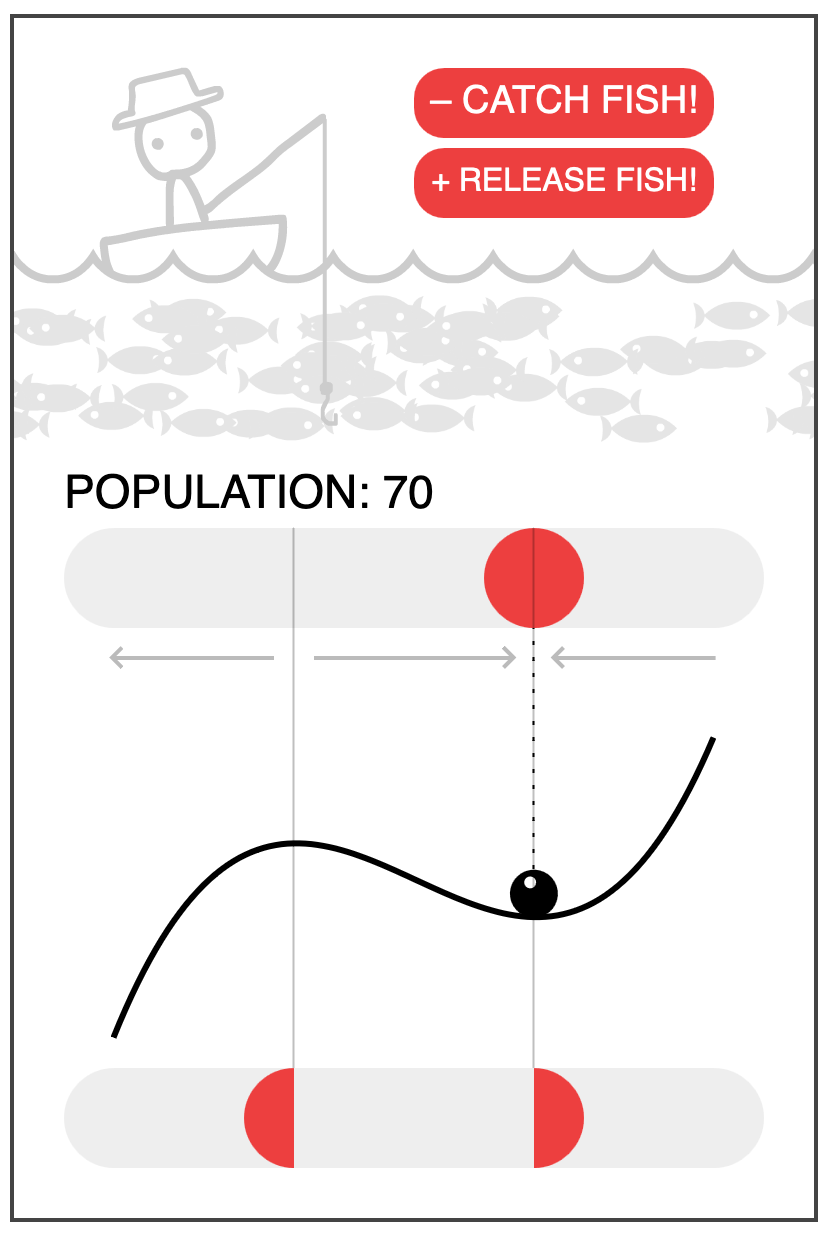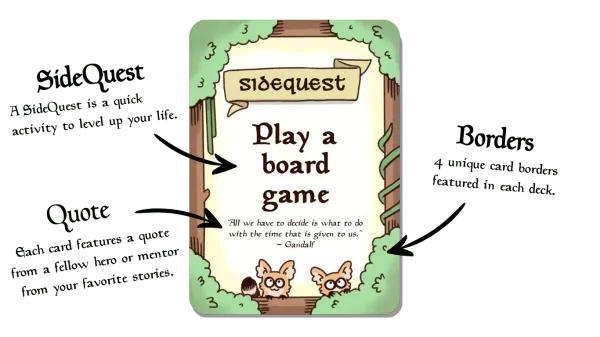№ 67 | Dataset Transparency, Hydrologic Cycle Board Game, Bad News Game, Attractor Landscapes, and Constructive Conflict

Models All The Way Down
Stop what you’re doing. Set aside 15 minutes (maybe more?) and “read” through all of this bit of investigative journalism. Models All The Way Down is THE clearest explanation I’ve come across to explain what happens behind the scenes with AI models used in image generation. Yes, models, plural. The training models, the datasets, the algorithms. The “gaps, errors, and biases that can emerge.” It’s all here, explained in clear—and alarming—detail. This is a must read/scroll, whatever. And while many of the background images and metadata could be dismissed as “flavoring,” they (a) sometimes aren’t, (b) make for engaging narrative, (c) support pausing between paragraphs and sections, and (d) are a persistent reminder of the flaws in these systems.

After reading this, I’m even more firmly for dataset transparency!
Hydrologic Cycle Board Game
Hydrologic Cycle [Kickstarter] is an educational board game about—you guessed it—the hydrologic cycle. It’s more about speed than strategy, and seems better suited to the science classroom than it does game night, but… this looks like a fun alternative to how this topic is normally taught! I also like how the 2v2 version might encourage meaningful dialogue between students/players.

🔍 Note to self: Learn more about the Center for Learning through Games and Simulations where this was created.
Speaking of games for teachers…
Bad News
I spent a Saturday afternoon (well, 20 minutes or so), playing Bad News, the fake news game! The goal? “Get as many followers as you can.” How? By learning the techniques used to spread fake news: Impersonation, emotion, polarization, conspiracy, discredit, and trolling. Whew.

The real goal?
The Bad News Game can help get students thinking critically about the “news” and information they come in contact with on social media. It sheds a light on some of the tactics utilized by people who engage in misinformation and disinformation campaigns.
I found this by way of Jonathan Korman, who shares a link to Hey Listen Games, a site devoted to “teaching with video games.” Oooooh.
Attractor Landscapes
An oldie but a goodie…
If you’re new to the work of Nicky Case… You are in for a treat! Nicky creates these amazing “explorable explanations” that—through light, videogame-like interactivity—make difficult concepts easily understood. Definitely an archetypal example of playful things to think with! In this example, Nicky offers “An Interactive Introduction to Attractor Landscapes,” to help answer these questions:
Why do many complex systems – cultures, environments, economies – seem stuck (or if good, "stable") despite lots of effort to change them? And why, when change does come, it seems to cascade (or if bad, "collapse") all at once?

Curating Constructive Conflict
File under: Posters (or sketch note 1-page summaries) to think with.
The signal to noise ratio is off the charts on this one. So. Much. Packed. Into this sketch note summary: “Three strategies to turn a workplace conflict into a constructive negotiation.”
![These are sketchnotes by Tanmay Vora @qaspire.com. Text and illustrations describe the following “How to curate constructive conflict at work.” These appear to be notes from a conversion between William Ury and Lisa Leong. These bullets frame the topic: * Conflict can often bring out the best in people. * Opportunities to engage our differences. * Lean into conflict with curiosity and creativity… To transform it into a constructive negotiation… * If we can transform our conflicts into constructive negotiations, we can transform our lives Headline: The 3A Trap in Conflicts * Avoid. Doesn't solve, but makes it worse. * Attack. Produces counter-attack. * Accommodate. Give in. Headline: Getting out of the trap 1. Go to the Balcony. A metaphor for mental & emotional space to pause and see the bigger picture. Breathe, walk, workout, take a break, etc. A place for calm and perspective 2. Build the Bridge. My position vs Your position. Ask “What truly matters to you?” Listen from within their frame of perspective. Listening is the bridge 3. Recognize the Third Side. We reduce conflict to two sides. The third side. The larger whole: Social context & People… [This is a] Container to resolve](https://newsletter.themightymindsclub.com/content/images/2024/04/image-20.png)
*** BONUS: A Spider-Verse short film!! 🎉
Sony Pictures Animation has teamed up with the Kevin Love Fund to digitally release the animated short film, The Spider Within: A Spider-Verse Story, that will be incorporated into the Kevin Love Fund’s new mental health focused lesson plan, “The Hero Within.” The lesson plan invites students to tell their own story through the lens of mental health awareness via an interactive curriculum including a creative storyboard activity. Visit kevinlovefund.org for additional information.





